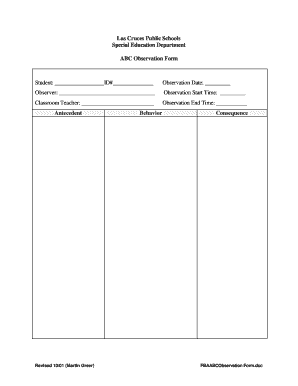
It is now well-established that these important early childhood skills and abilities develop within interactions between the child and context ( Ladd, 2005 Pianta & Walsh, 1996), including interactions with adults, peers, and learning activities/materials within early education classrooms ( Downer, Booren, Lima, Luckner, & Pianta, 2010). Previous research has emphasized the importance of children’s early competencies for later school success, including social relationships, self-regulation (e.g., attention) during interactions with materials, and language development (e.g., Blair, 2002 Burchinal, Peisner-Feinberg, Pianta, & Howes, 2002 Duncanet al., 2007 Hamre & Pianta, 2001 Ladd, 2005 Wasik, Bond, & Hindman, 2006). Preschool is viewed as an important way to prepare young children for elementary school ( Reynolds, Temple, Robertson, & Mann, 2001). Recent reports have suggested that young childrens’ attendance in classroom-based preschool programs has dramatically increased, with nearly 1.1 million children attending public preschool programs during the 2007–2008 school year ( Noel, Sable, & Chen, 2009). These findings are not meant to discourage certain teacher behaviors or imply value of certain classroom settings instead, by providing an evidenced-based picture of the conditions under which children display the most positive interactions, teachers can be more aware of choices within these settings and have a powerful way to assist in professional development and interventions. The implications of these findings might encourage teachers to be thoughtful and intentional about what types of support and resources are provided so children can successfully navigate the demands of particular settings. Finally, gender differences were observed within small group and meals.

Children experienced more conflict during recess and routines/transitions. On average, children’s interactions with peers and tasks were more positive in child-directed settings, such as free choice. Findings indicated that on average children’s interactions with teachers were higher in teacher-structured settings, such as large group. 145 children were observed for an average of 80 minutes during 8 occasions across 2 days using the inCLASS, an observational measure that conceptualizes behavior into teacher, peer, task, and conflict interactions. This descriptive study examined classroom activity settings in relation to children’s observed behavior during classroom interactions, child gender, and basic teacher behavior within the preschool classroom.


 0 kommentar(er)
0 kommentar(er)
